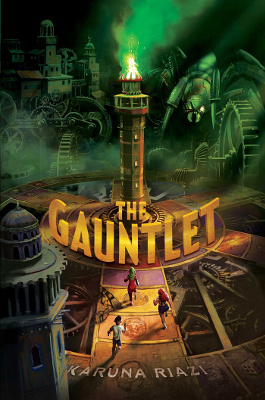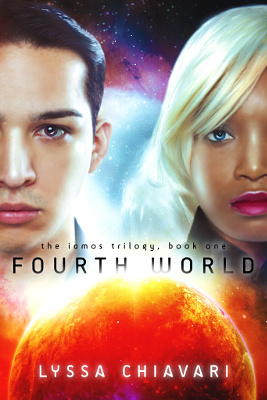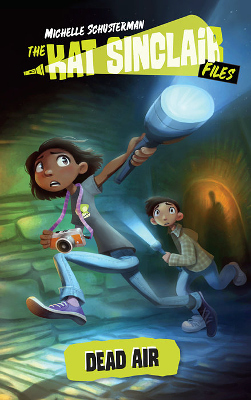Genre: Biography / Film
Main Creative Team: Theodore Melfi (director, writer); Allison Schroeder (writer)
Main Cast: Taraji P. Henson; Octavia Spencer; Janelle Monáe; Kevin Costner; Kirsten Dunst; Jim Parsons; Glen Powell; Mahershala Ali; Aldis Hodge; Olek Krupa
First Shown: 10th December, 2016
Available: Cinemas
NASA needs to figure out how to put someone in orbit and stop being racist.
This film is based on the real stories of black women in the early days of NACA/NASA, as written about in a book by Margot Lee Shetterly. It’s a fictional version of those events, though the general core of the story is there. My focus is on the story as presented in the film, rather than a comparison to the real events.
There are three main storylines, following the paths of the three leading characters. Katherine Johnson (Taraji P. Henson) is a mathematical genius. When they need a computer for the main team, Katherine is the one who gets the job. Mary Jackson (Janelle Monáe) decides to apply for a job as an engineer. Dorothy Vaughan (Octavia Spencer) has been working as a supervisor for the colored computers department, though hasn’t been given the job officially. She also realises their days are numbered, as NASA prepares for its first mainframe.
Discrimination is shown in a variety of ways in the film, from general society things such as separate water fountains, to the working environment in NASA. Katherine faces issues as the only black woman in a department of mostly white men. Someone sets out a coffee pot marked “colored” after she uses the general shared coffee pot. There are no toilets for black people in the building, so she has to travel back to her old work place. It’s a hostile working environment, designed to make it harder for Katherine to do her job.
Dorothy and Mary don’t face issues from their direct co-workers, but hit problems when it comes to the system. Everything is designed to make it harder for them to advance, which is explained away as only being fair. Their stories highlight how systematic discrimination means that everyone doesn’t start from the same place.
I liked that it touched on the ways that marginalised people can both help and hinder each other. Karl Zielinski (Olek Krupa) uses his own experiences as a Polish Jewish man to empathise with Mary. He encourages her to apply for the engineering position. On the other side, Vivian Mitchell (Kirsten Dunst), a white woman, does not use a shared identity as a woman to empathise with the additional issues the black women face. Jim Johnson (Mahershala Ali), a black man, is initially dismissive of Katherine working at NASA on the basis of her being a woman. Sharing one marginalisation does not automatically mean understanding another. Intersectionality can be complicated.
I did raise an eyebrow at Al Harrison (Kevin Costner), Katherine’s new boss. His presentation seemed very much for the comfort of white audience members. He doesn’t hold racist or sexist attitudes: he just wants the best person for the job. He’s the one who eventually takes a sledgehammer to the signs on the colored bathrooms. He’s the person that white people can feel they would be, because they wouldn’t support segregation and they’d do something about it. However, it is notable that he doesn’t notice what’s going on until Katherine tells him. If any message should be taken from that, it’s that being anti-prejudice in personal beliefs is not enough to stop discrimination. Seeing what the system is doing to people requires paying attention and talking to those it impacts.
It’s a polished story, with decent pacing, and good performances by the actors. I liked all the casting choices, and noted that Karl was actually played by a Polish actor (this is an area where casting often falls down, as Western Europeans get cast for all European roles). I’d had concerns that it might be difficult to watch with the discrimination themes, but there are moments of triumph to break up the tough sections, and it ends on a positive note for the main characters. There is always a bittersweet element to this sort of story though. For every person who succeeds, there will be numerous people who never made it over those extra obstacles. For every person who gets the spotlight showing what they did, there are others who’ll remain obscure. I find stories like this a reminder that we still have a long way to go.
 First Published: 28th March, 2017
First Published: 28th March, 2017 Genre: Children’s Spy / Television Series
Genre: Children’s Spy / Television Series Series: The Iamos Trilogy, #1
Series: The Iamos Trilogy, #1 Series: The Kat Sinclair Files, #1
Series: The Kat Sinclair Files, #1